The material was prepared on the basis of information provided by Irina Belyaeva, MD, Head. department for premature babies SCCH RAMS.
A newborn baby is naturally armed with a whole complex of innate reflexes. They help to quickly adapt to new conditions of life outside the mother’s womb. By checking them, you can evaluate the development of the child’s nervous system and timely smooth out the revealed violations by eliminating the failures.
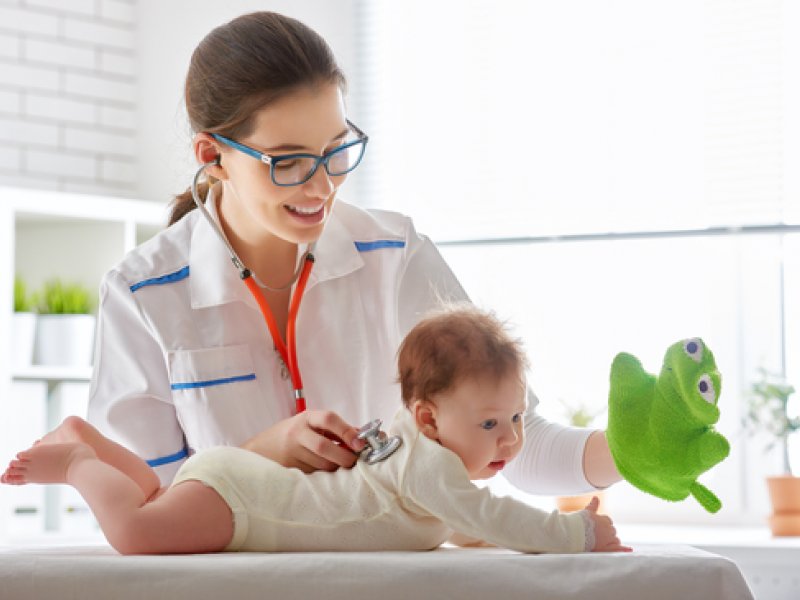
It seems to us that a newborn child is completely helpless. But this is not true. So he was just born, and already looking for his mother’s breasts. And as soon as it captures the nipple, it begins to actively suck out milk. Therefore, "get" food for him just under the force. But this is only one of many vital skills.
On the nature of innate reflexes
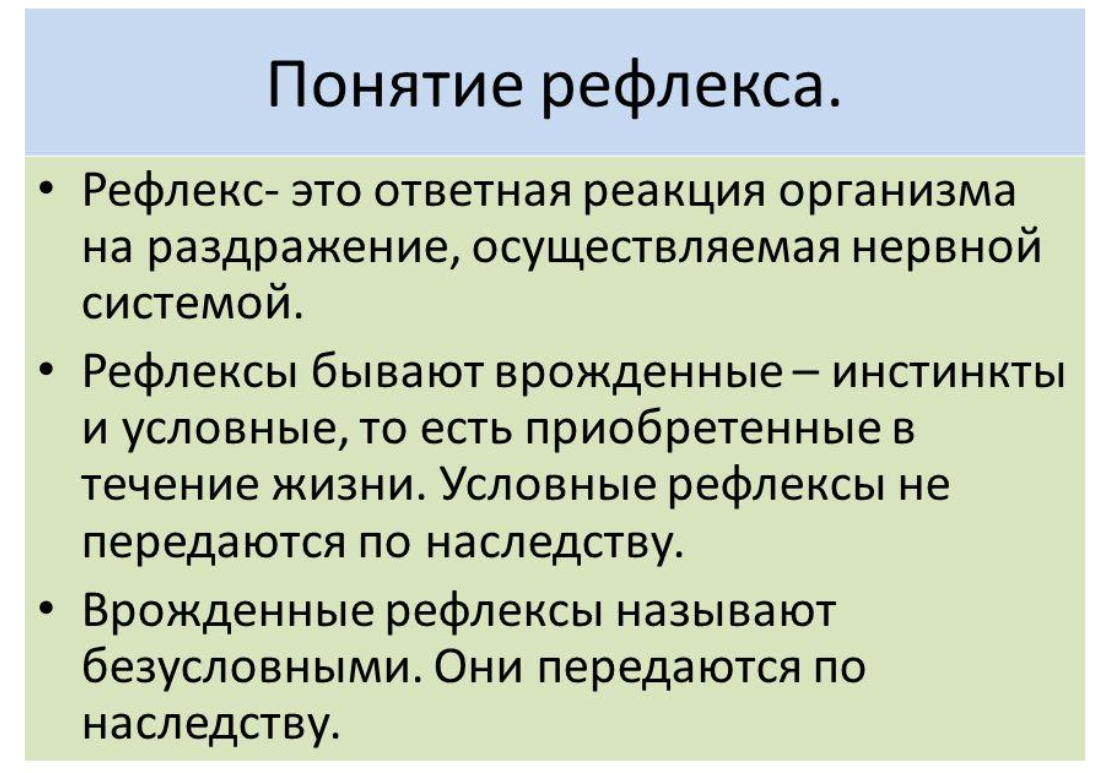
Congenital reflexes came to us as a result of evolution from distant ancestors. Their laying occurs at the initial stage of intrauterine development, and they begin to appear in the first hours, days and weeks after birth.
All congenital reflexes are unconditioned. This means that they arise independently of us, and we cannot consciously control them. These are involuntary reactions of the nervous system in response to external or internal irritation.
Congenital reflexes are regulated by the midbrain, which develops very first. By the time of active development of the cerebral cortex, consisting of a more advanced gray matter, a large proportion of the nervous system passes under its control. Then the innate reflexes are replaced by conditioned ones. Moreover, most of the involuntary reactions fade away in the first year of an infant's life.
Reflex Tests
Knowing when congenital reflexes should appear and die out, parents can check whether the baby’s nervous system is developing normally. And for any deviations from the norm, they should consult a doctor.
In order for the manifestations of reflexes to be vivid, they must be checked under certain conditions. A well-fed baby will react sluggishly to irritations, if the baby is hungry, then more energetically. Therefore, after feeding, it is better to postpone the tests for 30 minutes. It is important that the room has natural light, and the temperature in it is in the range of 22-24 degrees.
Oral reflexes - The most important of all innate skills. They appear with irritation of the lips of the baby. And it is thanks to them that the baby “finds” food and eats it. They include four unconditioned reflexes:
- Sucking. If a newborn is offered a breast, he will immediately begin to suck it. He will do the same with his or another finger, a toy or a dummy. Such a reflex occurs in the first hours of an infant's life and fades away on average by a year and a half;
- Proboscis. If you quickly, but easily touch the baby’s lips with your finger or nipple, then his lips will protrude, forming a tube (proboscis). This reaction occurs in the first hours after birth and passes to 2-3 months;
- Search. Gently stroke the corner of the child’s mouth or touch the cheek near the lips with your nipple. The kid will immediately turn his head in the direction with which he felt irritation. If you lightly press the dummy on the middle of the lower lip, the baby will open its mouth, bend its neck and try to grab the nipple with its mouth. The manifestation of this reflex suggests that the deep structures of the brain crumbs developed harmoniously. Skill helps shape mimic reactions. It appears on the first day after birth and disappears by 3-4 months;
- Palmar-oral. If you put the baby on the back, take his hand and press a little finger on the middle of his palm, then he will open his mouth and tilt his head forward. In the same way, the baby must react if it acts on another pen. This reflex is involved in the formation of conscious movements of the hands and mouth, with which in the near future the child will begin to study the world around him. The skill occurs in the first 2-3 days after birth and disappears by about 3 months.
It is interesting! The sucking skill begins to fade away at about 12 months, and completely disappears in 1.5–2 years. Experts believe that this nature itself determined the best time for completion of the GW.
Spinal reflexes - these are motor involuntary reactions that are regulated by the spinal cord. Thanks to them, our body takes various poses and moves in space. The doctor judges the motor activity of the baby, evaluating the strength of the manifestation of the following reflexes:
- Prehensile. Put a small object (handkerchief, toy or dummy) in the baby’s palm, and he will immediately compress it into the fist. Such a grip can be so strong that if the baby grabs his mother’s or father’s fingers, then he can be lifted. Such a reflex is involved in the development of speech and fine motor skills. It occurs in the first week after birth and fades away by 3-4 months;
- Reflex crawl. If you put the child on his stomach and touch his soles with his palms, then he will immediately begin to push off from the support, moving forward. This skill makes all parts of the brain work and is responsible for the development of coordination of movements. It appears 3-4 days after birth, and consciously "crawl" the children begin after 3-4 months;
- Reflex Galant. If you put the baby on his stomach and slide his fingers along the spinal column from top to bottom, backing away from him to the left side by 1 cm, then he will bend the back to the right side. If you do the same on the right side, then the child will arch his back to the left side. This skill prepares the nervous system for conscious coordination of movements and connects the work of both cerebral hemispheres. The reflex begins to appear on the 5th or 6th day of life and fades away in 3-4 months;
- Protective. Put your baby on your stomach. He will raise his head or turn it to the side. With the help of a protective reflex, the baby assumes a comfortable position for breathing in the body, arms, legs and head. During childbirth, such a skill prevents the baby from drowning. It manifests itself immediately after birth and disappears in about 1.5 months;
- Reflex Perez. Having laid the crumbs on the stomach, swipe, slightly pressing with your finger on the vertebrae, along the spinal column from the bottom up. The child should raise the pelvis and head, bend the back and bend the legs at the knees. From this, the baby sometimes screams, pooping or pissing. Such an unconditional reaction of the baby allows the doctor to judge the work of the spinal cord. It begins to appear in the first week after birth, and passes in 3-4 months;
- Reflex Moro. It can be tested in many ways. Usually they do it this way: they put the baby back down on a hard surface (for example, a table). If you hit this surface, backing away from the head to the right or left by 15 cm, then the baby will first spread its arms to the sides, unclenching its fists, and straighten the legs, which were previously bent.After 2 or 3 seconds, the baby returns his hands to their original position or begins to hug themselves with them. It’s not scary if phases 1 and 2 of the skill manifest with different strengths - this is the norm. The reflex appears on the first day after birth and disappears by 4–5 months;
- Plantar. If you press on the base of the middle or big toe, then the baby immediately presses all the fingers. If from the heel to draw along the outer edge of the foot, the big toe will accelerate, while others form a fan. This skill prepares the nervous system for conscious movement with the toes. It occurs in the first days after birth and disappears in about 12-14 months;
- Reflex support and automatic walking. Raise the baby by the armpits with his hands, turning him to face him and holding his head with his fingers. If it is placed on the floor, it will rest on the feet. And if at the same time tilt forward, then he will begin to sort out the legs ("walk"). It’s not scary if the crumbs' legs cross — this is normal until a month and a half. The reflex that prepares the baby for real walking occurs in the first weeks after birth and disappears in about 3 months.
Attention! Some parents enthusiastically teach their children to “stand” on their mother’s or father’s palms or “walk on the table”. But during such training, the undeveloped bone apparatus of the infant experiences excessive loads. This can cause impaired development of the musculoskeletal system (formation of clubfoot or improper posture).

Cervical tonic reflexes - these are reflexes that are responsible for the ability of muscles to fix and hold the desired position of the body. Thanks to them, you can check tonus crumbs and find out if the middle and medulla oblongata develop normally. Three cervical-tonic reflexes are distinguished:
- Asymmetric. Gently turn the baby’s head to the right. In response, he will bend the left leg and handle, and the right handle and leg will be unbent. Thanks to this skill, the child in the first months of life “finds” and examines its pens, coordinates the work of the visual apparatus and brain, and helps to develop the vestibular system. Reflex manifests itself during the first days of a baby’s life and disappears in 3-4 months;
- Symmetric. Tilt the crumb head so that the chin reaches the chest. Then his legs will be unbent, but his arms will be bent. If the head is returned to its original position, then the legs are bent, and the arms are unbent. The reflex prepares the baby for conscious crawling. It occurs on the first day after birth and disappears in 3 or 4 months;
- Labyrinth If you put the child on his stomach, he will press his head to his chest or throw it back. He will bend his back, and press the arms to his chest, clenching his fingers into a fist. He bends the legs at the knees and presses them to the tummy. If you leave it in this position, then after a few minutes the baby begins to make swimming movements, which then switch to spontaneous crawl. The skill trains the crumbs muscles, preparing him for future walking. It manifests itself for the first time in the days of life and fades away at 4 months.
[sc name = ”rsa”]
Baby development under the supervision of a doctor
The doctor always checks the congenital reflexes during each appointment. Assessing the degree of manifestation of skills allows us to judge the development of the central nervous system and timely identify deviations from the norm. The weak and too strong unconditional crumbs reactions, as well as the asymmetric response to irritation should alert.
Violations in the development of the nervous system are most often detected in premature babies, as well as babies who have suffered a birth injury, hypoxia or asphyxiation, infection during fetal development. The risk group is also represented by babies with genetic pathologies (phenylketonuria, myopathy, etc.). In children who had something in the first weeks after birth, reflexes are weak. Any failure in the body leads to a decrease in the activity of the nervous system at this age.
With weak manifestations of congenital baby reflexes show to neurologistwho prescribes treatment. Usually it includes therapeutic exercises and massage. If necessary, the doctor prescribes nootropics (a means to normalize brain activity).A similar treatment is necessary if the crumbs unconditional reactions do not fade for a long time.
We also read:
- The main reflexes of newborn children: unconditioned and conditioned reflexes
- About the sucking reflex of a newborn baby: weak or lack of sucking reflex
Neurologist examination
https://www.youtube.com/watch?v=pw5gJoZXI60


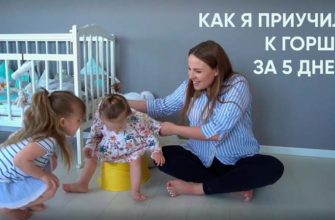
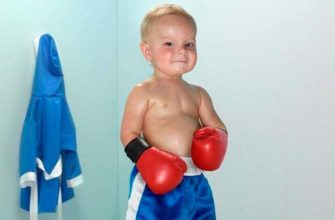
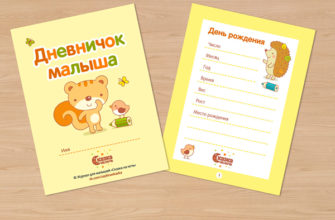
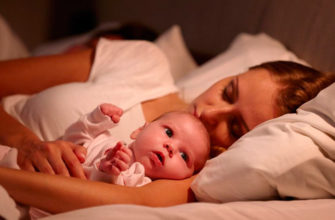
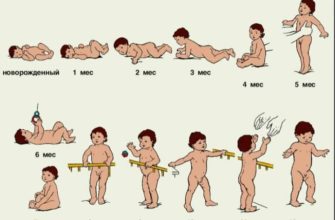
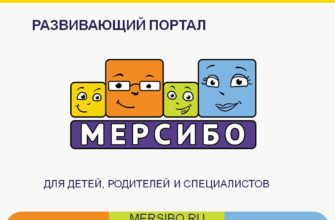

Survive and develop next to mom, but in the wild a human child is considered the most vulnerable and unprotected for a long time, by the way from personal experience it was noticed that newborn babies are good at swimming, when they often bathed, notice how he rowed with legs and arms, just like a swimmer.
I learned a lot for myself from the article. Basically, the pediatrician checks the reflexes during examination and we do not particularly go into details. They said everything is good and we parents do not check. It is interesting)
I would never have thought that a grasping reflex could be involved in the development of speech (as for motor skills, everything is clear). But, it is known that a weak grasping reflex may be the result of disorders or diseases of the central nervous system.
I did not think that there are so many reflexes in newborns. My son is 8 months old, he was very weak and he did not have a sucking reflex. The child was under the supervision of doctors for a long time, even he was transferred from the hospital to the hospital for a comprehensive examination. There were no further problems.
The reflexes of a newborn baby, the person who helps him survive and develop, are practically no different from the reflexes of a newborn animal, whether it be a cub of a lion or an ordinary cat.
It’s always interesting to watch kids, watch how they develop, grow.
I also believe that nature has been given a lot of reflexes from birth, which allow him to better adapt and survive. In one article I read that newborns cannot breathe through their mouths and you need to carefully monitor the stuffy nose, otherwise the child may suffocate. But on my baby, I did not notice breathing problems during a cold. I think that if this were indeed so, then mortality from suffocation of infants would be great.